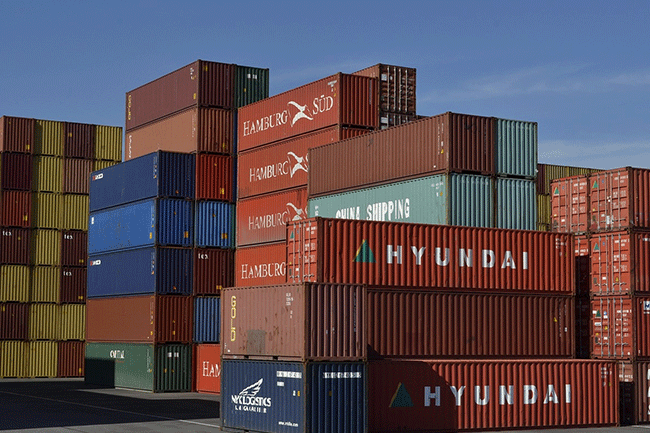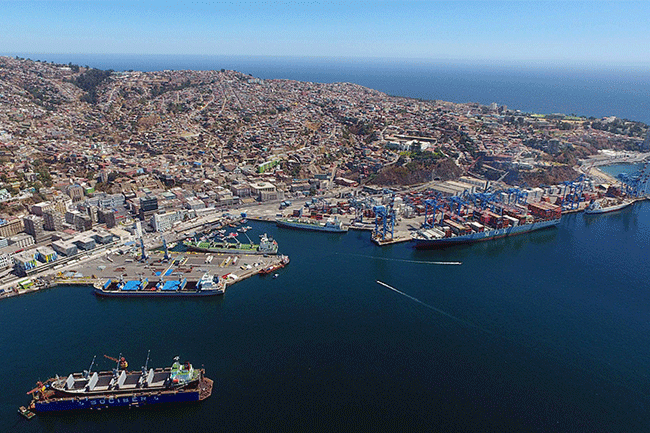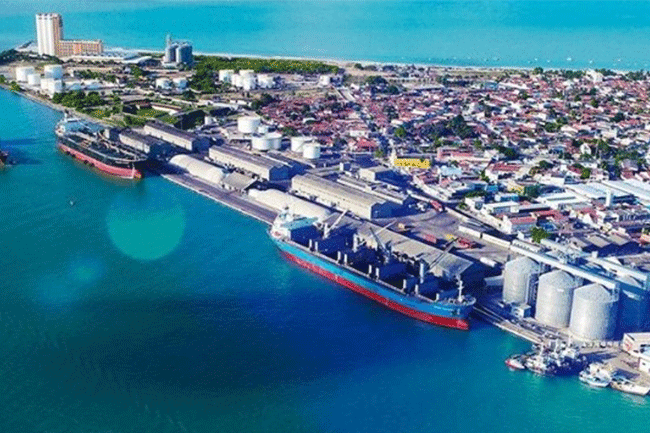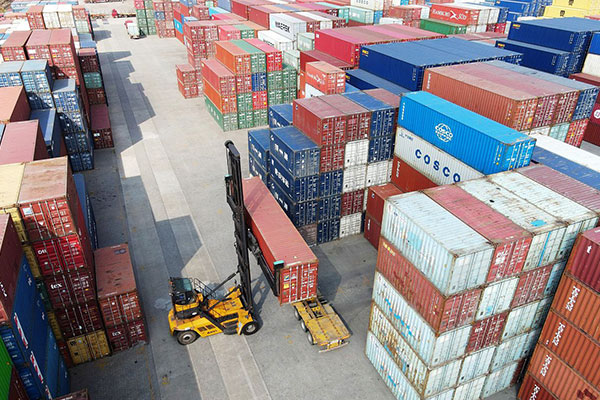- Shanghai Zhongshen International Trading Co., Ltd. – Your reliable partner with 20 years of import/export agency service expertise.
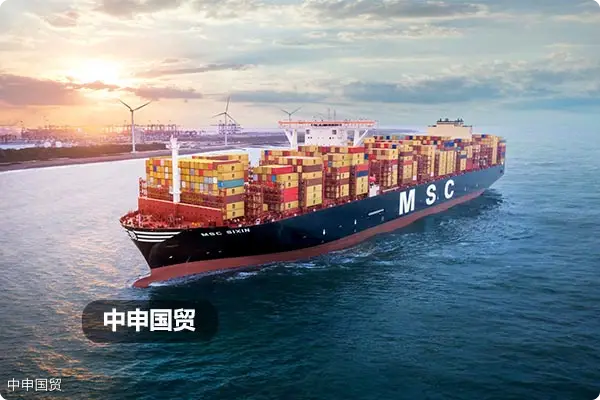
Equipment importReal-world challenges in the industry
Against the backdrop of global supply chain restructuring in 2025, China's import volume of electromechanical equipment maintained an average annual growth rate of 6.8%. According to data from the General Administration of Customs, the import volume of equipment-related goods in the first half of 2024...Import customs declarationThe error rate has increased by 2.3 percentage points compared to the same period last year, with classification disputes accounting for 41.7% of the total. Enterprises face three core pain points in self-declaration:
- The complexity of HS code classification has escalated, with technical barriers existing in the functional descriptions of new equipment.
- The eligibility criteria for tariff reduction policies have become more stringent, and the requirements for the completeness of declaration materials have been raised.
- The compliance review process for Technical Barriers to Trade (TBT) extends the customs clearance cycle.
Standard Operating Procedures for Professional Agency Services
A high-quality customs declaration agent should provide comprehensive process services covering eight key control points:
- Preliminary consultation phase
- Pre-compliance review of equipment technical parameters
- Import access qualification verification (3C/energy efficiency label)
- Declaration preparation phase
- Multi-dimensional HS code cross-validation
- Origin CertificateOptimized combination plan
- On-site operation phase
- Coordinated Customs Declaration at the Place of Origin and Clearance at the Port
- Technical Specifications Professional Translation
Warning on Common Declaration Misconceptions for Enterprises
Customs inspection cases from a certain province in 2024 reveal that 70% of declaration issues stem from enterprises' own operational errors:
- Self-classification leads to disputes over tax rate differences (a company mistakenly classified CNC machine tools under 8438 instead of 8458).
- Disregard pre-shipment inspection for old equipment (a certain imported second-hand production line was returned due to failure to file PI registration).
- Underreporting of royalty fees (software licensing fees were not separately listed in a certain equipment import contract)
The Core Value of Agency Services
Professional institutions create service premiums through three dimensions:
- Risk Pre-control System: Establish a product database to match HS code historical ruling cases
- Resource Collaboration Network: Establish dedicated technical communication lines with key port customs.
- Cost Optimization Plan: Utilizing the latest tariff concession rules under the 2025 Free Trade Agreement
Cost Control Strategy for 2025
Cost Reduction Pathways Based on Recent Practical Cases:
- Classification optimization: A semiconductor device achieved a tariff reduction from 8% to 3% through functional segmentation.
- Origin planning: Equipment components from ASEAN member states meet the RCEP accumulation rules.
- Logistics Solution: Sea-Air Intermodal Transport Balancing Transportation Costs and Port Congestion Risks
- Tax Exemption Policy: Staged Payment Plan for Import Value-Added Tax on Scientific Research Equipment
Criteria for Selecting Proxy Services
It is recommended that enterprises evaluate service providers from four dimensions:
- Accuracy rate of mechanical and electrical product classification (required >98%)
- Local customs credit rating (priority given to AEO Advanced Certification enterprises)
- Technical document translation capability (professional field translator qualification required)
- Emergency response time limit (2-hour on-site response for port anomalies)
? 2025. All Rights Reserved.
